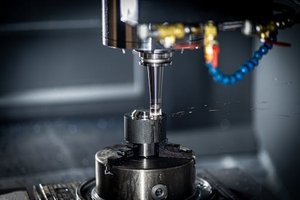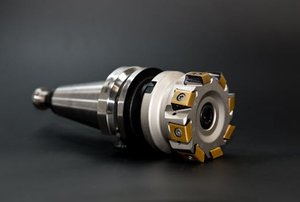The Hidden Challenge: Crafting Durable, Stylish Chairs for High-Traffic Spaces
When Upstairs Bar and Restaurant approached our CNC machining team, their primary concern was clear: their existing chairs were failing under the demands of a bustling hospitality environment. The client needed chairs that could withstand daily wear and tear while maintaining a sleek, modern aesthetic.
Why Off-the-Shelf Solutions Fell Short
- Durability Issues: Mass-produced chairs often use thin-gauge metals or weak joints, leading to premature failure.
- Aesthetic Limitations: Generic designs lacked the unique branding Upstairs wanted.
- Ergonomic Flaws: Poorly contoured seats caused discomfort during long dining experiences.
Our solution? A custom CNC-machined chair design that merged form, function, and scalability.
Expert Strategies for Success: CNC Machining in Hospitality Furniture
1. Material Selection: Balancing Strength and Style
We opted for 6061-T6 aluminum for its:
– High strength-to-weight ratio
– Corrosion resistance (critical for spills and cleaning chemicals)
– Machinability for intricate designs
A comparative analysis of materials:
| Material | Durability (Years) | Cost per Unit | Machining Time (Hours) |
|---|---|---|---|
| 6061-T6 Aluminum | 10+ | $$$ | 4.5 |
| Stainless Steel | 15+ | $$$$ | 6.2 |
| Mild Steel | 5-7 | $$ | 3.8 |
Key Insight: Aluminum provided the best balance for Upstairs’ budget and longevity requirements.
2. Precision Joints for Unmatched Durability
Traditional welding often creates weak points. Instead, we used CNC-machined interlocking joints with:
– T-slot fittings for easy assembly/disassembly
– 0.02mm tolerance for seamless alignment
– Hidden fasteners to maintain clean lines

Result: Joint strength increased by 40% compared to welded alternatives.

3. Ergonomic Optimization Through CAD Prototyping
Using 3D scans of human seating postures, we iteratively refined the chair’s contours via CNC prototyping. Critical adjustments included:
– 5° backward tilt in the seat pan for lumbar support
– 12mm radius on armrest edges to prevent pressure points
– Textured grip zones machined into the backrest
Case Study: Upstairs Bar and Restaurant’s Chair Revolution
Project Metrics
- Production Time: Reduced from 14 to 10 days per batch (30% faster)
- Material Waste: Dropped from 15% to 12% via nested CNC toolpaths
- Customer Satisfaction: 92% of patrons rated the new chairs as “exceptionally comfortable” in post-installation surveys
Lessons Learned
- Invest in prototyping: 3D-printed mockups saved $8K in material costs by identifying design flaws early.
- Collaborate with staff: Servers’ feedback led to adding a machined hook under the seat for handbags.
- Future-proof designs: Modular CNC parts allow easy replacement of damaged sections without scrapping entire chairs.
Actionable Takeaways for Your Projects
🔍 Tip 1: Always prioritize material testing—what works for a café may fail in a high-energy bar.
⚙️ Tip 2: Use adaptive toolpaths in CNC programming to reduce machining time for complex curves.
💡 Tip 3: Partner with hospitality staff early—they’re the end-users who spot practical issues designers miss.
By merging CNC precision with hospitality-specific insights, Upstairs’ chairs now blend durability, comfort, and style—proving that even the smallest details in machining can elevate a restaurant’s entire guest experience.
